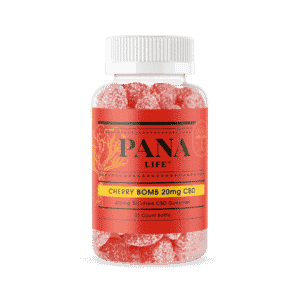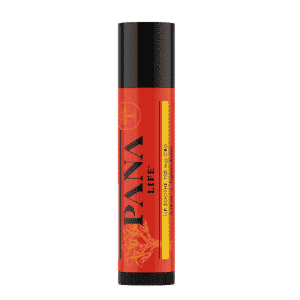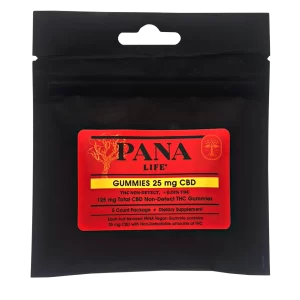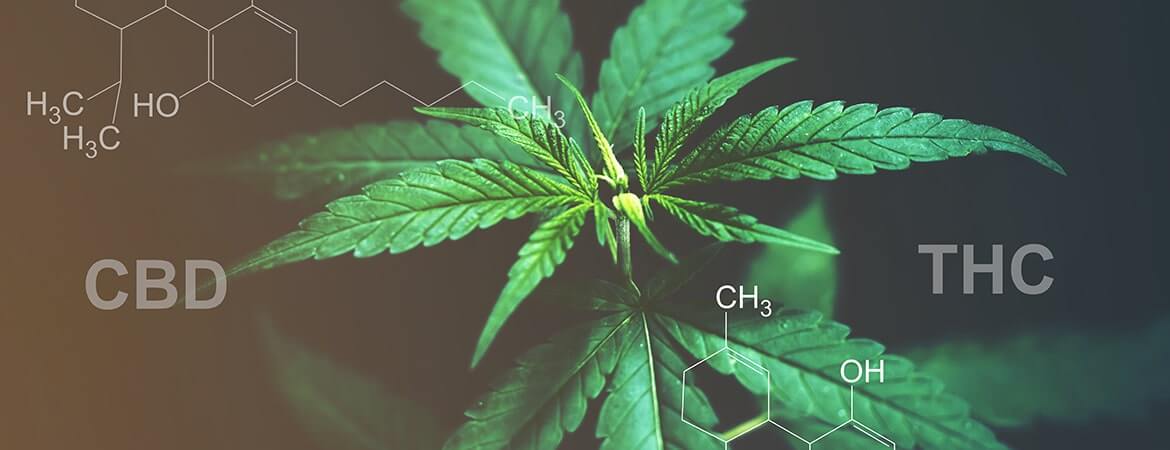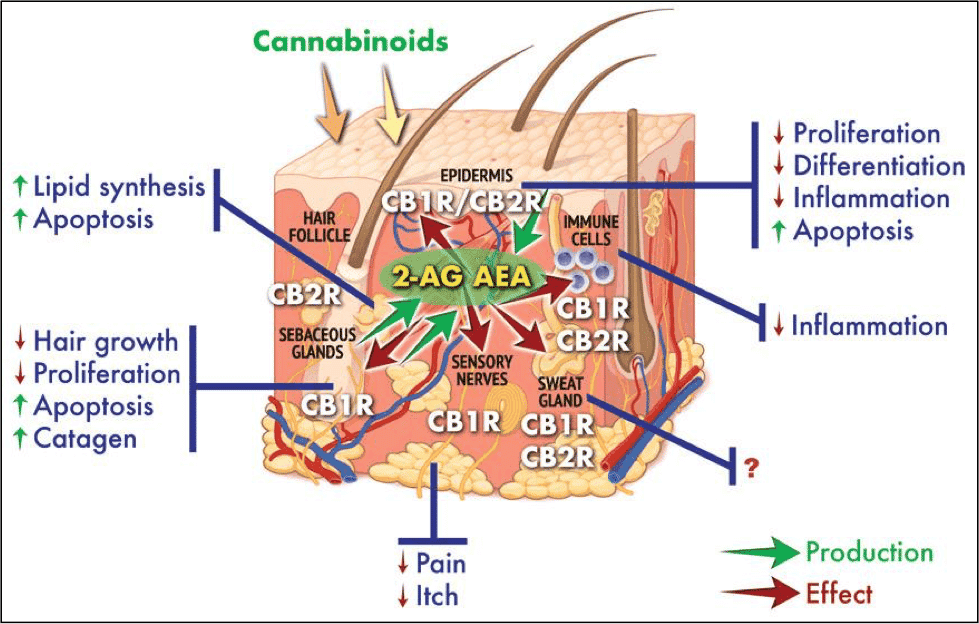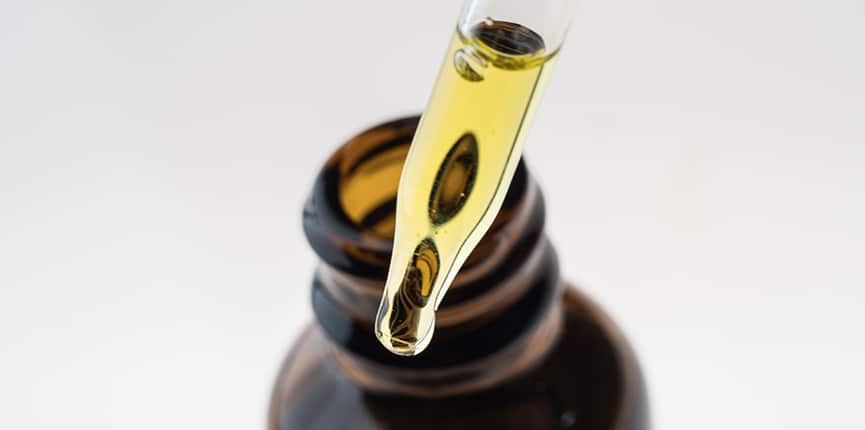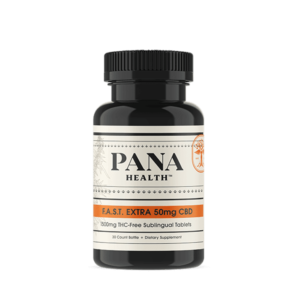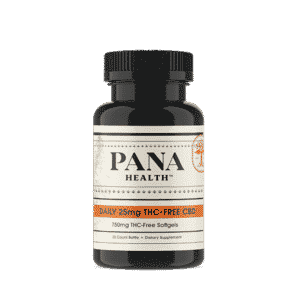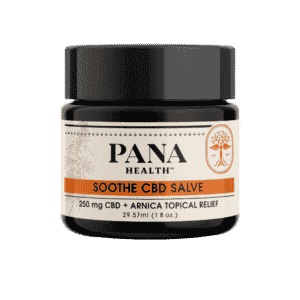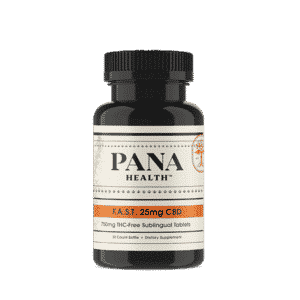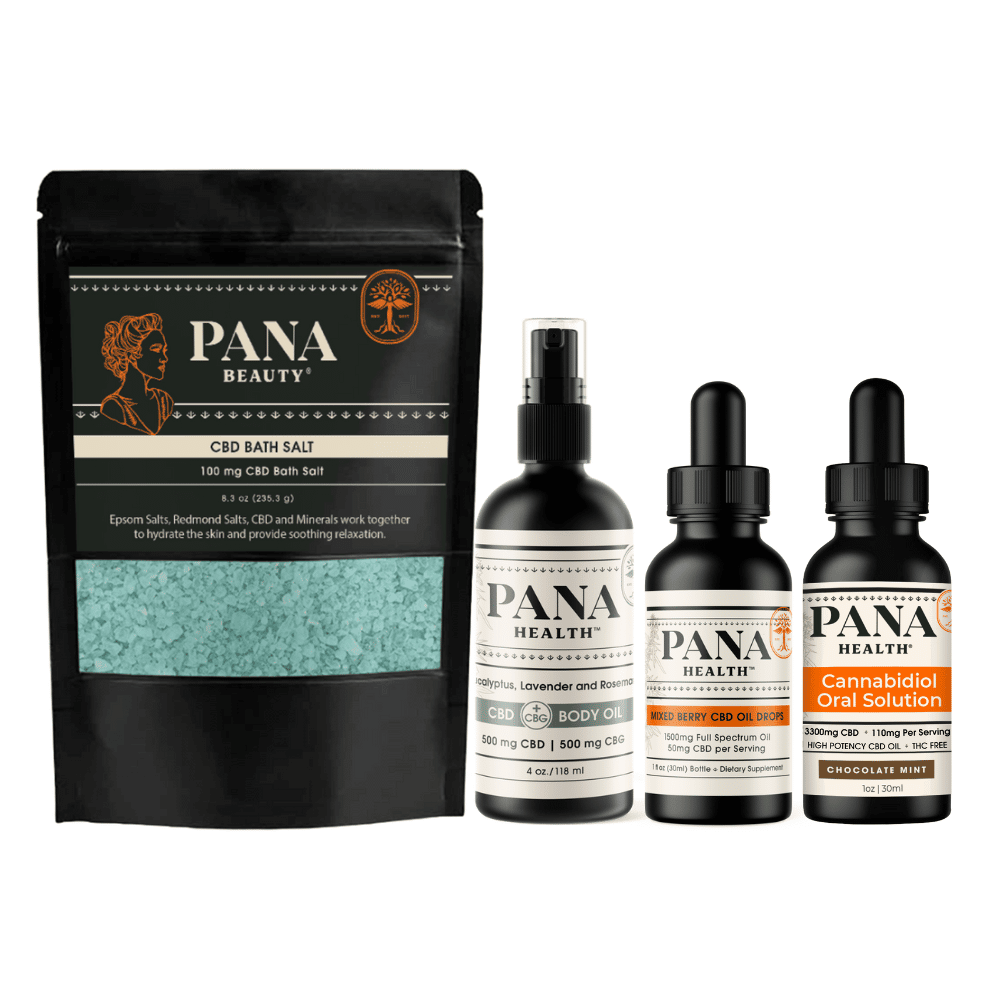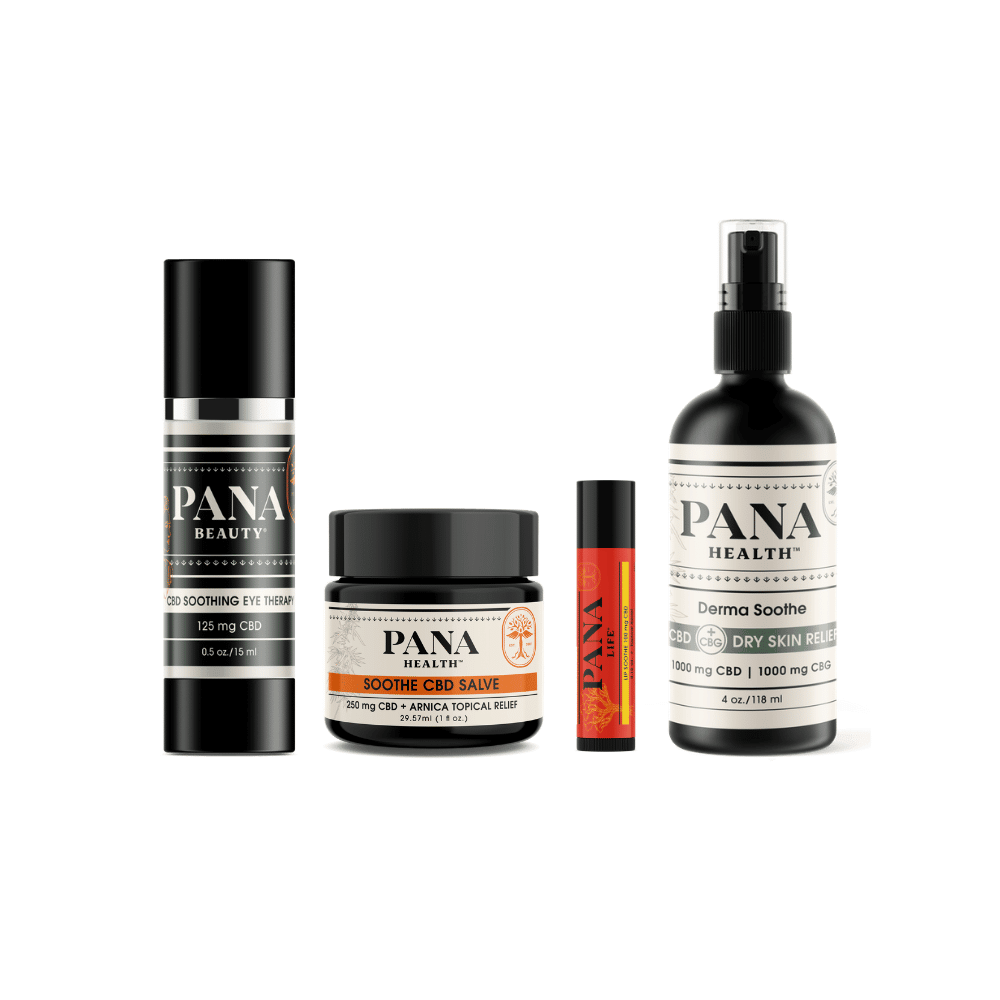Over the last few years, it is more than likely that you have heard about cannabidiol (CBD). Whether it was because you stumbled across some at a store or heard about it because of a Kardashian, it has probably crossed your path. This has probably left you wondering what CBD even is. You have probably also wondered why it is such a big deal. After all, what kind of evidence backs up the things that are said about it? Well, let’s talk about it, starting with defining CBD.
CBD? Isn’t that just weed?
The answer to this is yes and no. CBD is extracted from cannabis, but there is more to it than that. Let’s talk about it.
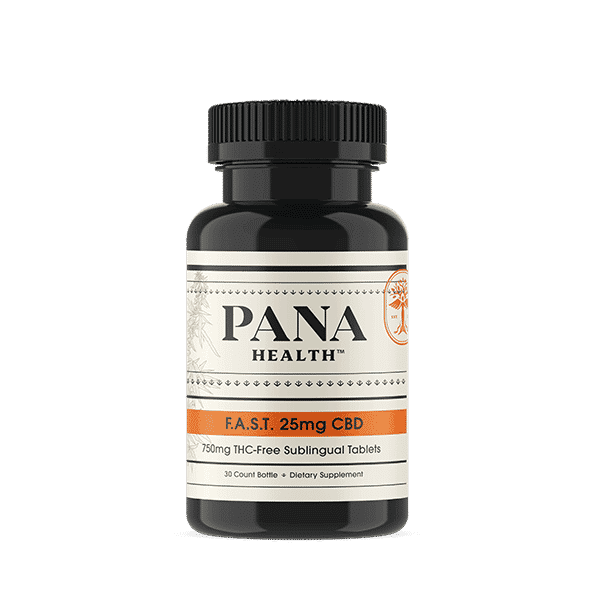
Cannabis plants, like hemp and marijuana, have a series of chemical compounds that are known as cannabinoids. These compounds are very diverse. So far, scientists have identified over 113 different cannabinoids, and there are likely more to be found. CBD is one of these compounds. It is definitely one of the more well-known cannabinoids. However, there is another one that is probably better known. That cannabinoid would be tetrahydrocannabinol (THC).
THC is so famous because of the effect that it has on its users. THC is psychoactive. That means that it creates an inebriating effect normally referred to as a “high.” This leads many people to believe that CBD has a similar, if not exactly the same, effect. However, this is not actually the case. CBD is not psychoactive and does not create any sort of high.
CBD manufacturers normally extract their CBD from hemp rather than marijuana. You may be thinking that those two are interchangeable, so it does not make a difference. In reality, hemp and marijuana are two different variations of cannabis. Hemp has high levels of CBD and low levels of THC (in fact, hemp or hemp products legally cannot have more than 0.3% THC content). Marijuana, on the other hand, has high levels of THC and varying levels of CBD. Another difference between the two kinds of cannabis lies in their legal statuses. Hemp was federally legalized in the United States in late 2018. Marijuana is still federally illegal, but some states have legalized it on some level, whether for medical or recreational use.
So, while CBD does come from cannabis, there is a lot more to it than that. In fact, there is a lot of interesting research that is being done on the cannabinoid.
What studies are being done on CBD?
In the last couple of decades researchers have become increasingly more interested in cannabinoids besides THC, CBD being one of their primary areas of focus. But what have they been looking at in connection to CBD specifically?
How it may be able to help you achieve a greater sense of calm
Despite the fact that CBD is not psychoactive, it could still have an effect on your state of mind. But this effect is not what one would consider a high. Many of the studies that have been looking at CBD have focused on its interactions with a nervous disposition. For example, this study had animal models go through a series of stressful tests. Some of the test subjects were given CBD, others were not. The subjects that were given the cannabinoid were found to have done better on the tests and handled them more calmly. Another study tested on humans. They had people with Social Anxiety Disorder (SAD) participate in public speaking. Some of the participants were given CBD, others were given a placebo. Those that were given CBD reported feeling less nervous when speaking than they normally would have. The subjects that were given the placebo reported no change in their anxiety.
How it may support joint health
Inflammation caused by any number of conditions could lead to discomfort and unhealthy joints, which in turn has an effect on one’s ability to move. The effect of CBD on these joint health related conditions has been looked at extensively. This study tested CBD against some collagen-induced arthritis in mice. The researchers gave the mice CBD of varying concentrations. They concluded that the cannabinoid at the right level could significantly help those struggling with collagen-induced arthritis. Another, more recent study wanted to see how CBD could help prevent nerve damage caused by osteoarthritis. They simulated the arthritis in rats, giving some of them CBD and others nothing. The rats that were given saw smaller amounts of nerve damage than those who were given nothing. These studies, among many others suggest that CBD could help support joint health against a few different conditions.
How it may support skin health
This particular benefit may sound a little odd considering the two listed above. However, there have been promising studies that have looked at the different ways that CBD may be able to help your skin. For example, this study found that CBD was able to help stem the production of sebum. This is important because sebum is the oil that your skin naturally produces to protect it. However, too much of a good thing can be a bad thing. Too much sebum can mix with dirt and other outside particles. This mixture then clogs up the pores creating acne. This means that CBD could help reduce the development of acne by helping keep sebum down.
How it may be able to aid with epileptic seizures
This particular area of interest with scientists has been very promising. So much so, that it led to the development of the first CBD-based medication approved by the Food and Drug Administration (FDA), but we will talk more about the at below. In the meantime, let’s go over some of the studies that have led to this. This study looked at CBD and epileptic seizures both in vitro (simulated using just cells) and in vivo (in an actual living creature). The researchers found that CBD was greatly able to help reduce the seizures in both the in vitro simulation and in the in vivo animal model. Another study surveyed the parents of children with epilepsy that were using CBD to help with their seizures. A majority of the parents (81.3%, to be exact) reported that they saw significant improvements in the number of seizures their child had after they started giving the child CBD.
These studies are just a sampling of the many, many studies that have been done and are currently being done on the cannabinoid. We here at Panacea Life Sciences encourage you to do some exploring. Check out other studies on reputable sites like PubMed to see what you can learn about CBD.
What options do I have for CBD?
CBD is not something that is overly complicated. However, when facing the choices that need to be made in regard to CBD products for the first time, it can seem like a lot. So, let’s talk about what options are out there for you to pick from when it comes to CBD. We will start with the kinds of CBD extract.
Full spectrum
The different kinds of CBD extract are categorized by what else is in the extract along with the CBD. Full spectrum, to start with, has the highest number of other compounds and cannabinoids in the extract. In fact, anything that comes out of the hemp plant with the CBD stays in the extract. This includes CBD, but as discussed above, it is not more than 0.3%, which is not enough to have any effect on a user.
Broad spectrum
Broad spectrum CBD extract is very similar to full spectrum. However, it does have one very important difference. Broad spectrum does not have any detectable THC. It has all of the other cannabinoids and compounds that may come with the CBD, but it has the THC removed to extremely low levels. These two kinds of CBD extract are appealing to many people because of a thing called the entourage effect. This is when compounds build on each other to create a stronger effect. Full and broad spectrum may be able to offer this.
CBD isolate
This is the purest version of CBD extract that you can find. It is what its name suggests. It is CBD isolated. There are no other compounds or cannabinoids in CBD isolate. Only the CBD. This form of CBD extract may not provide as strong of an effect as the other two kinds, because it does not provide the potential of the entourage effect. However, it may be able to provide a much clearer CBD experience.
Now that we have covered what kinds of CBD extract you can pick from, let’s talk about what kind of products you can find. Most of these products are offered in every kind of extract, so it should not be hard to find one that will work for you.
Tincture & oils
These are often thought of as the more traditional kind of CBD product. They are CBD extract that has been mixed with a carrier oil, like coconut or palm oil. You have a few options when it comes to taking these. You can mix the oil in with food or a drink and take it that way. However, the food or drink does need to digest before the CBD can start working, so they can take a while. You can also use the dropper to place the tincture directly into your mouth, under your tongue. The skin there is thin and allows the CBD to absorb into the system and start working much more quickly.
Edibles
CBD edibles are exactly what they sound like. They are food or drink that have been made with CBD. Much like when you mix an oil in with food, these do take the longest to start working. The food needs to be broken down before the CBD can enter the bloodstream and do its work. However, the effect of the CBD from edibles may last much longer than with other products.
Tablets & capsules
These are pill-like products that have been made with CBD. The tablets are similar to tinctures in that they are normally taken by placing them under the tongue. There they dissolve and the CBD enters the system from there. The capsules are usually soft gels meaning that they are made from liquid CBD extract. These take longer than tablets to start working because, like with edibles the capsule needs to digest before the CBD can be released and start working.
Topicals
This is a very broad category of CBD products. They are basically anything that you rub onto your skin that is made with CBD. This includes lotions, salves, balms, creams, and hand sanitizers. Topicals do not enter the bloodstream at all, unlike the other CBD products. They instead absorb through the pores of the skin, staying in the area that they are used. This tends to lead to a more localized, focused effect.
FDA-approved medications
There are a handful of CBD-based medications that have been approved by the FDA. The first one is Epidiolex, which is a medication that is aimed at helping ease the seizures that are caused by two different kinds of epilepsy. The other medications are all for helping with the nausea that often comes with most cancer treatments. These are the only CBD medications that FDA has approved so far. However, based on the studies above, there may be some more in the future.
Hopefully, this has given you a better idea of what kind of CBD extract and in which product you would want when shopping for the cannabinoid. Of course, there are subcategories within each of these bigger categories, but now it could be easier to narrow down what you are looking for.
As mentioned above, the examples given are exactly that, examples. There is a lot of research that has been done on CBD that was not talked about in this article. There is even more to be done. As time goes on, we are more than likely going to learn even more about the amazing potential that CBD could hold.



